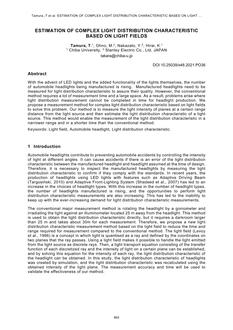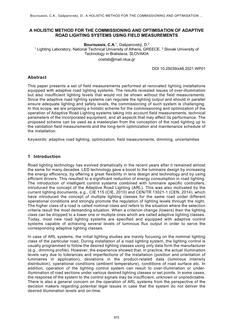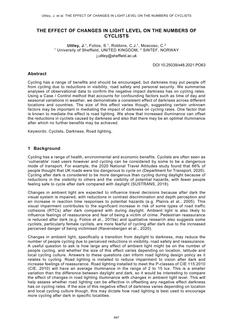Description
More and more LED media façades and LED billboards are being installed on architecture and buildings in order to decorate city skylines or to deliver advertisements. The shopping malls in the busiest streets in city centers make extensive use of LEDs to attract tourists and to promote the nighttime economy and business. In order to achieve the desired graphic and the display needed, these LED media façades and LED billboards utilize RGB LEDs or RBG white LEDs and a control system which emits a wide spectrum of light, including blue, green and red light. Although each of these colors contributes to skyglow via Rayleigh scattering, bluer colors of light are more efficiently scattered, and are of particular concern. The shift of the usage of conventional light sources like incandescent lamp, low pressure sodium and high pressure sodium light sources to this new type of colorful and dynamic LED media façade and billboards has brought new challenges to astronomers. This paper describes how the light emission from LED media façades and LED billboards increases the artificial skyglow in the atmosphere and more importantly how this brightening skyglow affects astronomical observations.
Product Details
- Published:
- 09/29/2021
- Number of Pages:
- 6
- File Size:
- 1 file , 1.3 MB







